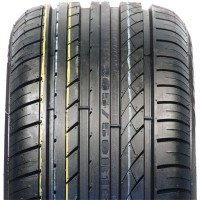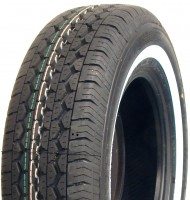Russian auto market crashes
 Russian market breakdown: With the Russian market down over 24 per cent overall, the fact that Lada sales were down even more (over 26 per cent) will be bad news for Russia’s favourite car marque
Russian market breakdown: With the Russian market down over 24 per cent overall, the fact that Lada sales were down even more (over 26 per cent) will be bad news for Russia’s favourite car marque
Demand in the Russian light vehicle automotive market has crashed following what some analysts have called a “perfect storm” of contributing factors. As a result the country’s light-vehicle market suffered a massive 24.4 per cent year-on-year decline in sales during January to 115,390 units (down 32,272 units).
IHS Automotive said this was the result of “a perfect storm in macroeconomic terms with rising prices, declining spending power, eroded confidence and the economic effect of sanctions on the Russian government.” The worst thing is that this is despite the renewal of the Russian government’s vehicle scrappage scheme. And it looks like it won’t get any better. IHS Automotive forecasts that the Russian light-vehicle sales will fall by 27.4 per cent year-on-year in 2015 to 1.81 million units.
The poor January results followed growth of 2 per cent in December 2014 on a number of factors, including something of a pull-forward effect. The other event of particular note to hit the Russian market was that for only the second time in history a foreign car was the best-seller during the month, with the Hyundai Solaris taking the position after the Kia Rio was the best-seller in November.
On a brand by brand basis, Russia’s perennial market leader the Lada nameplate suffered a dreadful January, with sales falling by 26 per cent year-on-year to 17,492 units, a performance that was worse than the overall decline in the market during the same period. The company’s biggest faller in terms of sales volume was the Kalina which fell 1,738 units to 2,526 units. However, the Granta performed significantly better to post sales of 7,737 units and take second spot, with a sales number for the month which was only down 518 units from last year. The Solaris, which rose substantially in January, helped Hyundai generate an overall growth figure of 15 per cent year-on-year to 12,707 units. The other strong selling vehicle in the Hyundai range in January was the ix35. Kia was the third best-selling brand, managing to generate a positive uplift of 1 per cent year-on-year to 11,346 units, with the Rio the third best-seller overall with its tally of 5,147 units almost matching the figure it generated last year. Nissan and Renault were the fourth and fifth best-selling brands in January with sales falling by 18 per cent year-on-year to 9,101 units and 32 per cent year-on-year and 8,809 units respectively. Renault’s particularly dire performance was down to the collapse of Duster sales which more than halved year-on-year, with sales of 2,743 units.
The devaluation of the Russian Rouble against the US dollar is seen as the worst contributor to the so-called perfect storm. This has put massive pressure on vehicle pricing and the acceleration on the fall in the value of the rouble which occurred in December last year has led to round after round of price increases in January. It seems that something of a pull-forward effect was created as the end of 2014, as savvy customers used the Russian government’s scrappage scheme to buy outgoing 2014 models cheaply before price increases were applied to 2015 models. In addition, despite the Russian government now having extended its scrappage scheme into 2015, the macro-economic conditions do not provide the environment for the mechanism any ability to move the dial in terms of the market’s performance.
This weakness will lead to an even more accelerated decline on the 10 per cent year-on-year fall posted in 2014, according to IHS Automotive, as a result of the market volatility and rapid macroeconomic changes. IHS Automotive forecasts that the Russian light-vehicle sales will fall by 27.4 per cent year-on-year in 2015 to 1.81 million units. Such rapid changes in the forecast outlook will cause havoc for foreign OEMs who had previously targeted Russia as a source of growth potential.
All this is likely to be bad news for the Russia OE tyre business and especially for those supplying tyres to Russian marques such as Lada.




Comments